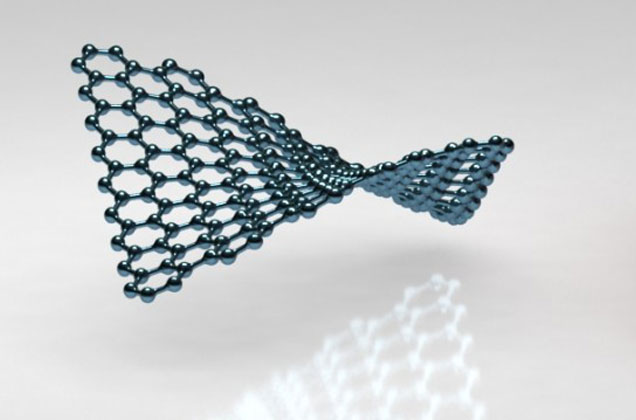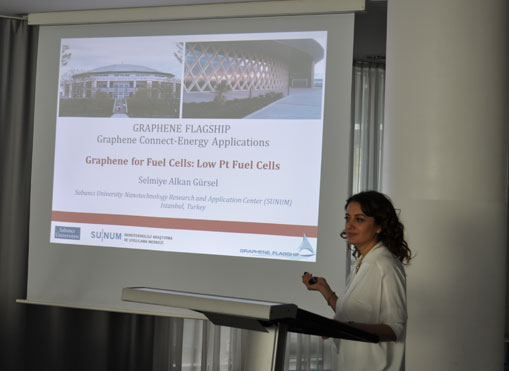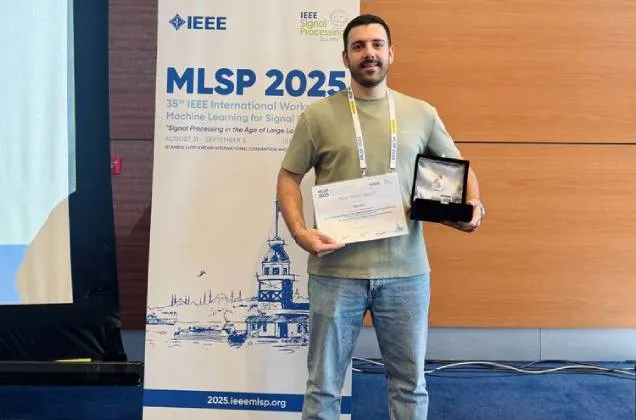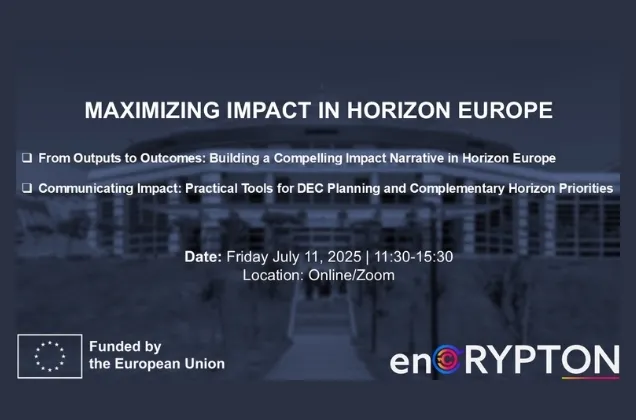10/08/2016
The billion-Euro FET Flagship Project completed its 30-month first phase and entered the Horizon 2020 phase. Sabancı University is the only Turkish partner in this groundbreaking scientific project.
The 30-month first stage of the Graphene Project, an EU 7th Framework Program project in ICT (Information and Communication Technologies) endorsed by the Commission of Europe as its first 10-year, 1 billion-Euro FET Flagship Project, was completed on March 31, 2016.

Sabancı University is the only Turkish partner in this groundbreaking scientific project consisting of 11 different work packages. Sabancı University worked in the energy applications of graphene work package, covering significant ground in the use of graphene in fuel cells.
Associate Professor Selmiye Alkan Gürsel, the implementer and national contact point of the project in Turkey, presented the outcomes of the first phase at a meeting in Chalmers University on June 1, 2016. The first phase of the project entailed the development of graphene-based electrodes to achieve high levels of efficiency in fuel cells using only low quantities of catalysts (platinum, Pt).

Associate Professor Selmiye Alkan Gürsel
The second phase of the project continues successfully
The Horizon 2020 phase of the Graphene Project began on April 1, 2016.
Sabancı University is the only Turkish partner of this phase of the project. Furthermore, Sabancı University contributes to both the fuel cells and technology up-scaling work packages in this phase, and is the implementer of the fuel cells package. Outcomes of the project in fuel cells promise great contributions to the scientific and technological development of Turkey in this area.
The second phase of the Graphene Project aims to modify graphene-based electrodes and achieve maximum performance and power ratings in the fuel cell with the use of minimal quantities of platinum.
The Graphene Project will continue until 2023, and when complete, graphene is expected to enter active use in Information and Communication Technologies, Energy and Healthcare.
About Graphene and the Graphene Project
Graphene has a history of less than fifteen years, and its applications in life sciences and medicine are expected to surpass even those in electronics. Graphene has some properties that makes it suitable for biological applications as well. A large surface are, chemical purity and ease of activation are good opportunities for the production of drugs. Its unique mechanical properties call to mind tissue engineering and regenerative medicine. Its properties of thinness, conductivity and rigidity combined mean that it can be used to visualise biomolecules in electron microscopes. Chemically-activated graphene has a potential to play a role in the development of fast and ultra-sensitive measurement devices that detect glucose, cholesterol, hemoglobin and DNA.
The working group focuses specifically on the use of graphene in photovoltaic cells, batteries, fuel cells and hydrogen storage, offering basic and technological expertise in graphene to the benefit of manufacturers of energy conversion and storage devices, which will help to better meet energy needs.
Sabancı University works in the use of graphene in fuel cells. Outcomes of the project in fuel cells promise great contributions to the scientific and technological development of Turkey in this area. The project contributes to the existing work of Sabancı University on graphene and assists in the creation of a center of competence as well as new partnerships on the subject. Sabancı University also leads cooperation between graphene-based consortia in Turkey with project partners in Europe, ensuring that Turkey has a more prominent place on the international level.
Among the main uses of graphene are fast electronic and optical devices, lightweight functional components and advanced batteries. New products that can be possible with graphene are fast, flexible and robust consumer electronics such as electronic paper and bendable personal communication devices, and highly energy-efficient aircraft. In the long run, graphene is expected to enable new computer paradigms and groundbreaking medical applications such as artificial retinas.




